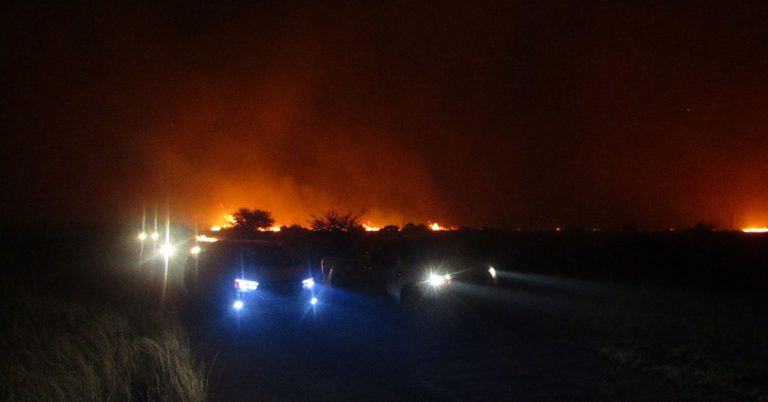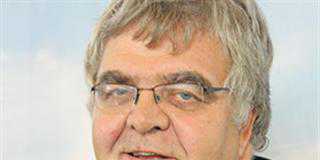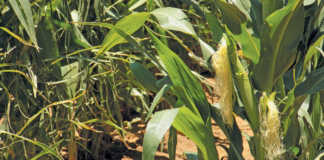
Photo: Johan Breytenbach
More than 42 000ha have so far been lost to veld fires in the Free State this year, compared with just under 3 900ha during the same period in 2020.
This was according to Johan Breytenbach, general manager of the Free State Umbrella Fire Protection Association (FSUPA).
In one of the worst fires this year, 30 000ha of farmland were destroyed in a veld fire that broke out near Boshof during May. A number of livestock burnt to death and the fire left nearly 7 000 sheep without grazing.
Dr Jack Armour, Free State Agriculture’s operations manager said at the time that the fire could not have occurred at a worse time. By May, the summer rainfall season had come to and end and it would take at least eight months, until after the first summer rain, before the veld could start regrowing, he said.
“We call on the public to help the affected farmers. Donations of animal feed or funds to purchase animal feed would be much appreciated,” Armour said.
Breytenbach said it was difficult and time-consuming to determine the true cause of any wildfire, and in the majority of cases it could only be determined through a forensic investigation.
He stressed that veld fires were a reality in the province, and risk mitigation was the most important tool in their management and prevention.
However, this year the situation had been exacerbated by, among other factors, the high fuel-load of the vegetation following the good summer rainfall received across the province.
“Fire protection associations (FPAs) have to [undertake] proper risk mitigation planning at the beginning of the dry winter season.”
He explained that the potential for the outbreak of fires needed to be determined through a fire risk audit, and then needed to be followed by preparations for such eventualities.
It was also vitally important for FPAs to ensure that their internal structures operated in terms of the National Veld and Forest Fire Act. He advised FPAs to always follow the protocols as set out in the Act.
According to the Act, landowners were responsible for preventing and extinguishing veld fires on their properties. In addition to the risk mitigation plans put in plans by FPAs, it was of critical importance for individual landowners to also conduct fire risk audits on their own farms and homesteads.
“This includes, for instance, [creating] firebreaks around packhouses and sheds, workers quarters and all other areas that pose a high fire threat. In the case of veld fires, prevention truly is better than cure,” Breytenbach said.












